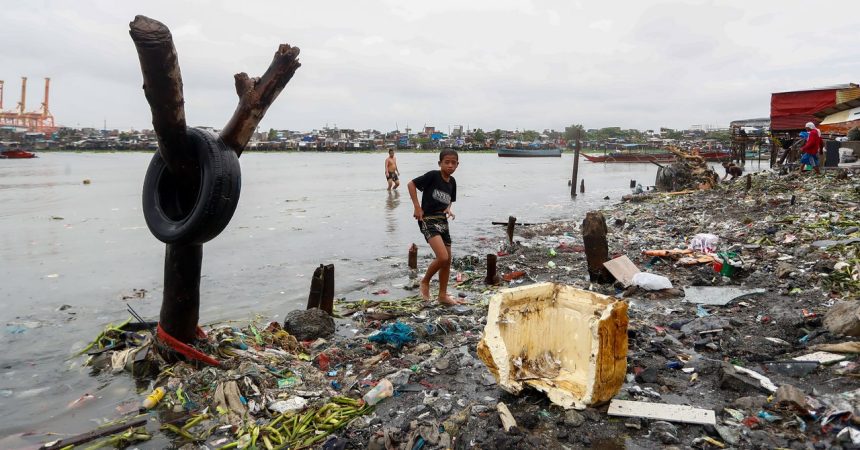Unstoppable Storms: The Rising Threat of Typhoons in Southeast Asia
The Vulnerability of Southeast Asia to Severe Weather Events
In contrast to the Atlantic region, Southeast Asia faces an alarming lack of natural barriers that could mitigate the formation of powerful storms. This area is particularly susceptible to typhoons, which are exacerbated by the ongoing effects of climate change, creating an increasingly hazardous situation for coastal communities and ecosystems alike.
Climate Change: A Catalyst for Storm Intensity
Recent research highlights a troubling trend: as global temperatures rise, conditions conducive to severe weather are being amplified. This pattern not only leads to more frequent and intense storms but also disrupts local weather systems. For example, meteorological data from the past decade indicates a significant increase in full-scale typhoons, representing a broader risk for millions living in vulnerable regions.
The Growing Frequency of Super Typhoons
The increase in super typhoon occurrences poses a significant threat. These formidable storms can lead to extensive damage, causing devastation through strong winds and torrential rainfalls that result in flooding and landslides. A notable example is the record-setting impacts observed during recent storm seasons where rapid intensification left communities unprepared for the ferocity with which these systems struck.
Preparedness and Resilience Strategies
In light of these escalating threats, it is crucial for impacted nations within Southeast Asia to enhance their preparedness strategies. Improved forecasting techniques, stricter building codes designed for extreme weather conditions, and community education initiatives can collectively bolster resilience against such natural disasters.
As we continue navigating through this age of climate variability, understanding how political frameworks can impact disaster readiness will be pivotal—especially when considering current statistics indicating that investing in mitigation strategies yields economic benefits far exceeding recovery costs after disasters occur.
Conclusion: Facing Future Challenges
as high-intensity storms become more prevalent due to insufficient geographical defenses combined with rising global temperatures and shifting weather patterns brought on by climate change; it becomes imperative for Southeast Asian countries not only to recognize these evolving threats but also actively seek effective solutions aimed at safeguarding lives and property against future adversities.






